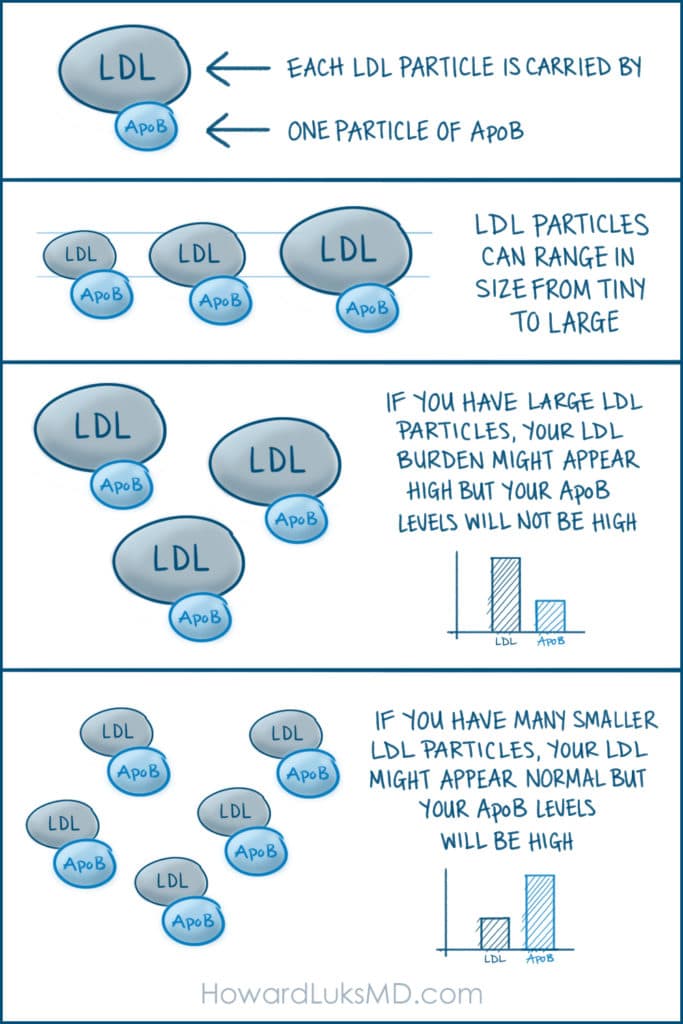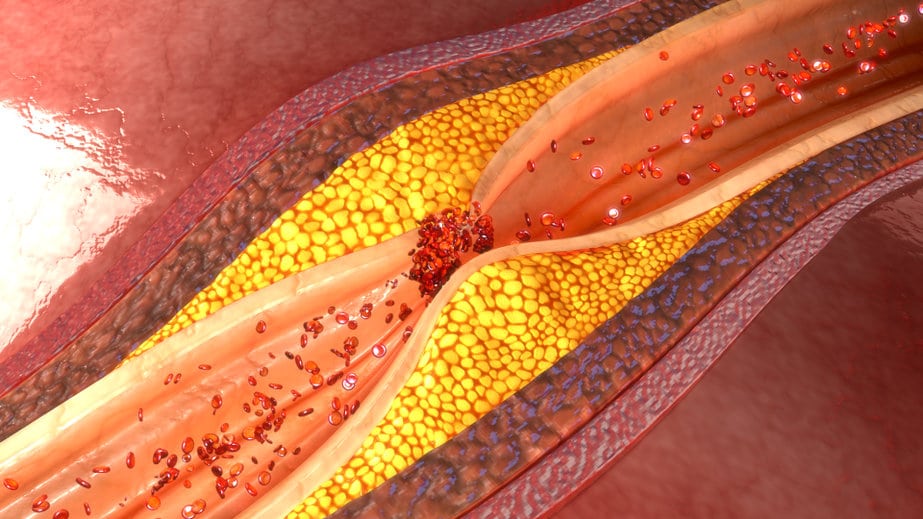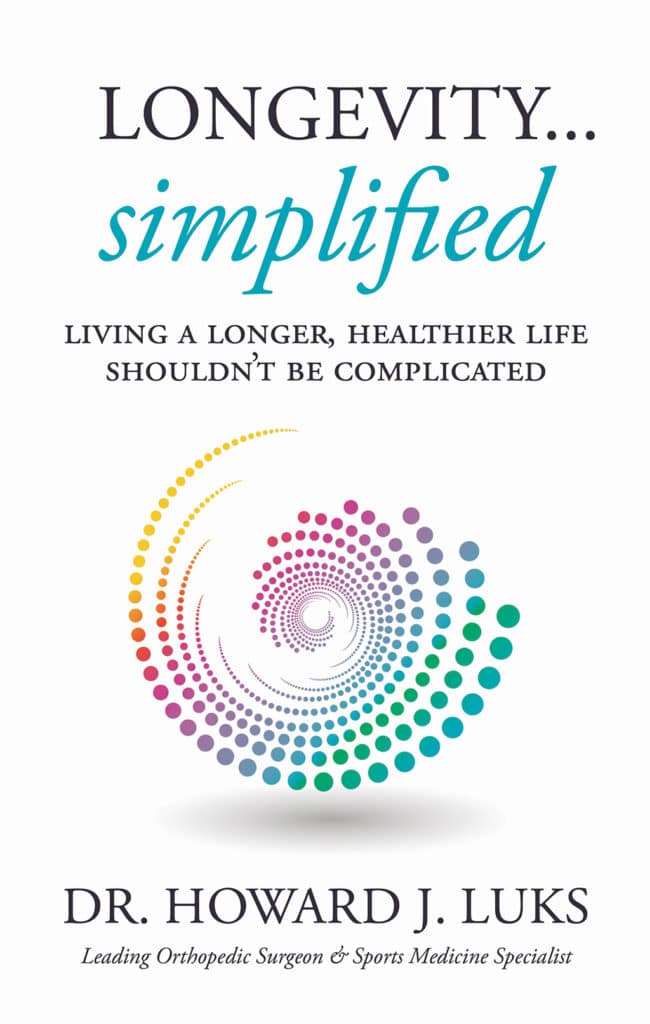
Heart disease is silent… until it’s not. Most people do not understand the complexity with respect to causation, nor do they understand how heart-related symptoms might present. Hopefully, this post will help inform the reader.
Atherosclerotic heart disease, also known as coronary artery disease, is a condition in which the arteries that supply blood to the heart become narrowed due to the buildup of plaque. This buildup of plaque, made up of cholesterol, fatty substances, macrophages, and other materials, can interfere with the flow of blood to the heart, leading to a variety of symptoms and complications.
The underlying cause of atherosclerotic heart disease is complex and involves a combination of genetic, lifestyle, and environmental factors. Some people are more likely to develop the condition due to their genetic makeup, while others may be at higher risk due to unhealthy lifestyle choices such as poor diet, lack of exercise, and tobacco use. But it should be made clear, heart disease can appear in folks who, externally, look fit. There is no one single outward appearance of someone at risk for a heart attack.
In addition to the factors mentioned above, there are several other underlying complexities that play a role in the development of atherosclerotic heart disease. One important factor is the presence of certain proteins in the blood, such as Apolipoprotein B (ApoB) and C-reactive protein (CRP).

ApoB is a protein that is found attached to a low-density lipoprotein (LDL) cholesterol particle. ApoB numbers correlated better with your risk of developing heart disease than your LDL numbers. High levels of ApoB in the blood can contribute to the buildup of plaque in the arteries, increasing the risk of heart disease.
While ApoB levels contribute to our overall risk, they are not both necessary and sufficient.
Inflammation and heart disease
CRP is a protein produced by the liver in response to inflammation. High levels of CRP in the blood can indicate an increased risk of heart disease, even in people with normal levels of cholesterol.
Inflammation is a natural response of the body to infection or injury, but chronic inflammation can contribute to the development of atherosclerotic heart disease. This is because inflammatory mediators, such as CRP, can damage the inner lining of the arteries, leading to the formation of plaque.
The burden of chronic inflammation in our society is becoming more prevalent. Many metabolic diseases, such as type 2 diabetes, insulin resistance, and fatty liver, increase our baseline levels of chronic inflammation.

How do heart attacks present these days?
One of the most commonly perceived presentations of atherosclerotic heart disease is chest pain or pressure. We’ve all seen folks on TV or in the movies grab their chest and drop dead. Many of you think that the pain of a heart attack will be obvious. It won’t. Many think that you need to have chest pain in order to have a heart attack, but you don’t.
It’s important to note that the typical presentation of a heart attack, also known as a myocardial infarction, may not always include the classic crushing substernal chest pain that is often portrayed in the media. In fact, many people who have a heart attack experience only mild discomfort or no symptoms at all, particularly older adults, women, and people with diabetes.
Symptoms of a heart attack can include chest pain or discomfort, shortness of breath, nausea, vomiting, and pain or discomfort in other parts of the body, such as the neck, jaw, back, or arms. However, these symptoms can be mistaken for other conditions, such as indigestion or muscle strain, leading to delays in seeking medical treatment.
Some people just feel run down and exhausted. That’s it. Perhaps they have shortness of breath when climbing stairs. Perhaps walking fast is a little more challenging than it was just a few weeks ago.
Do you have questions regarding an Orthopedic injury or longevity?
Do you want to talk to an expert who can listen to you for 45-60 minutes and explain the options in detail?
Dr. Howard Luks offers remote guidance sessions to review your X-ray or MRI images and explain your options.
Dr. Luks has also received hundreds of requests for educational sessions on the topics discussed in his book, Longevity Simplified.
The key take-home here is that many people do not present with typical crushing substernal chest pain. Just because we are thin, active, and perhaps even eat well doesn’t mean we all get a free pass with respect to heart disease.
It’s essential for people to be aware of the potential signs and symptoms of atherosclerotic heart disease and to seek medical attention promptly if they experience any of these symptoms. Early diagnosis and treatment can help to prevent the progression of the condition and reduce the risk of complications such as a fatal heart attack.
In conclusion, atherosclerotic heart disease is a complex condition with a range of underlying causes and presentations. While chest pain is a common symptom, it’s important to be aware that the typical presentation of a heart attack may not always include crushing substernal chest pain. Seeking medical attention promptly if you experience any symptoms of heart disease is essential to prevent the progression of the condition and reduce the risk of complications.











